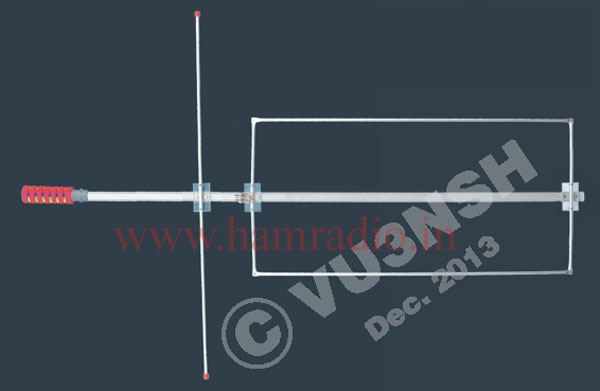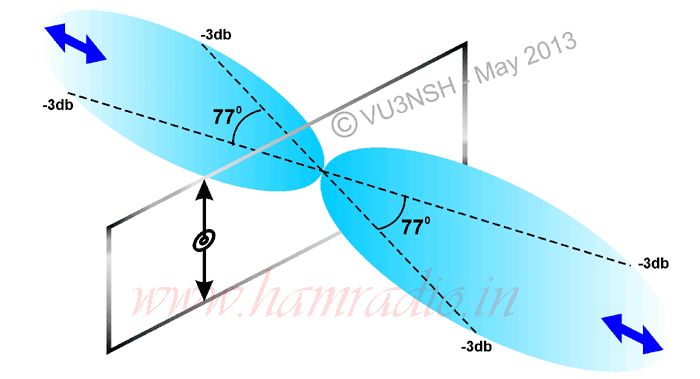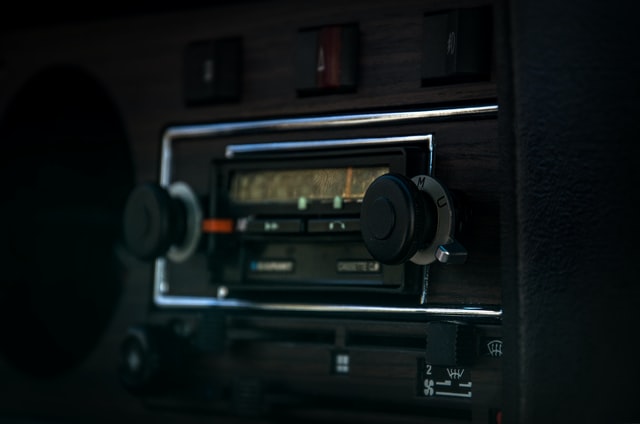Projects
It is not a 007 film or novel, it is an antenna from Russia. Antenna design, homebrew and experiments are a true science and RF engineering for a real homebrewer. It will expose more hidden things, it will reveal more things in radio frequency, propagation, gain, F/B ratio, SWR, attenuation etc. Truly it is an art.
It is a high gain simple beam antenna for 2 meter frequency. It is just a 4 element on 4 feet boom with a gain of 8 dB and having a low SWR of 1.2 : 1 on the operating frequency 144 to 146 MHz. NSH 4x4 Boomer was simulated due to the need of a beam antenna with minimum elements, minimum boom length and maximum forward gain.
Hentenna is designed in 1970s by Tadashi Okubo JH1FCZ, Someya JE1DEU. They are 6 meter hams in Japan. In Japan, the word HEN means 'interesting, unusual, strange' etc. Ofcourse, it is a strange antenna and it is an Asymmetrical Double Rectangle (ADR) Loop Antenna.
Generally Hams are using different antennas to get better signals in VHF. They select the popular types from a quarter lambda to a beam yagi) or stacked verticals. Many experienced hams are designing and homebrewing their antennae for their own purposes. Some people are copying the same and begin to make the antennae without reading or understanding the subject properly (PLAGARISM). Moreover they say that it is not working or it is not producing proper gain.
The convention of many that "we live in a complex era" is no better illustrated if you ever glance at the schematic diagram of any modern multi-band, multi-mode rig. Quite interestingly, confused by such complexities, the majority of newbie radio amateurs bury their dream to operate an entire home brew rig and do-it-yourself aspect of our hobby is thus completely lost. The problem-assuming that the present situation is, at least, to a degree undesirable-clearly deserves analysis.

This antenna is much useful for city dwellers for mounting at balcony, sunshade or windows to receive the local TV station very clearly, like getting the gain from a four element yagi antenna. This is the continuation of the experiments on Moxon Rectangle Antennae. Previously one of this antenna for FM Radio Broadcast - 3 meter band - was published in hamradio.in (FM Radio Rectangle Super Gainer).
The purpose of antenna is to radiate the signal or to receive the signal as effectively as possible. It is a passive component of radio broadcasting, navigation and other systems. Physically, an antenna is an assemblage of conductors. A receiving antenna is like an electric analog of the eye capable of “Radio Vision”. For antenna, it is important to maintain a high standard of efficiency. In radio communication, we deal with electromagnetic waves travelling through the earth’s atmosphere.
The speed of electromagnetic wave is the same as speed of light, light is also an electromagnetic wave. In empty space, the speed is 299, 799, 077 meters per second. The Physical Length of a frequency λ = v/f, where 'v' is the Velocity, 'λ' is the wave length and 'f' is the frequency. For example, if f = 145.000 MHz., then the Physical Length is (300 / 145) = 2.06896 meters. Because of the velocity factor K of the conductor, the Physical Electrical Length is less than the Free Space Length.
Lately I had a feeling of necessity of an 80 meter portable rig for use during traveling and camping that proved to be the main impetus behind the development of this little transceiver for portable use. As the design was incepted I zeroed my choice for my favorite direct conversion technique for its simplicity added with the incentives of no-nonsense high performanc

It is not much popular antenna but much old design!! The original name of this antenna is Two Element Driven Arrays. In 1952 Les Moxon published this Genius Design in QST July Issue. It is a rectangular shaped two elements with a closed spacing of 0.18 lambda. This rectangle beam is popular among ham radio operators as Moxon Antenna.
Popular

Direct Digital Synthesizer (DDS) VFO
Jan 11, 2004

7 Element VHF High Gainer
Jan 14, 2004

Low Cost Multifunctional Frequency Counter
Jun 14, 2003

Multi-purpose VFO for Your Rigs
Apr 17, 2005

Multi PIC Programmer
Jun 28, 2021









